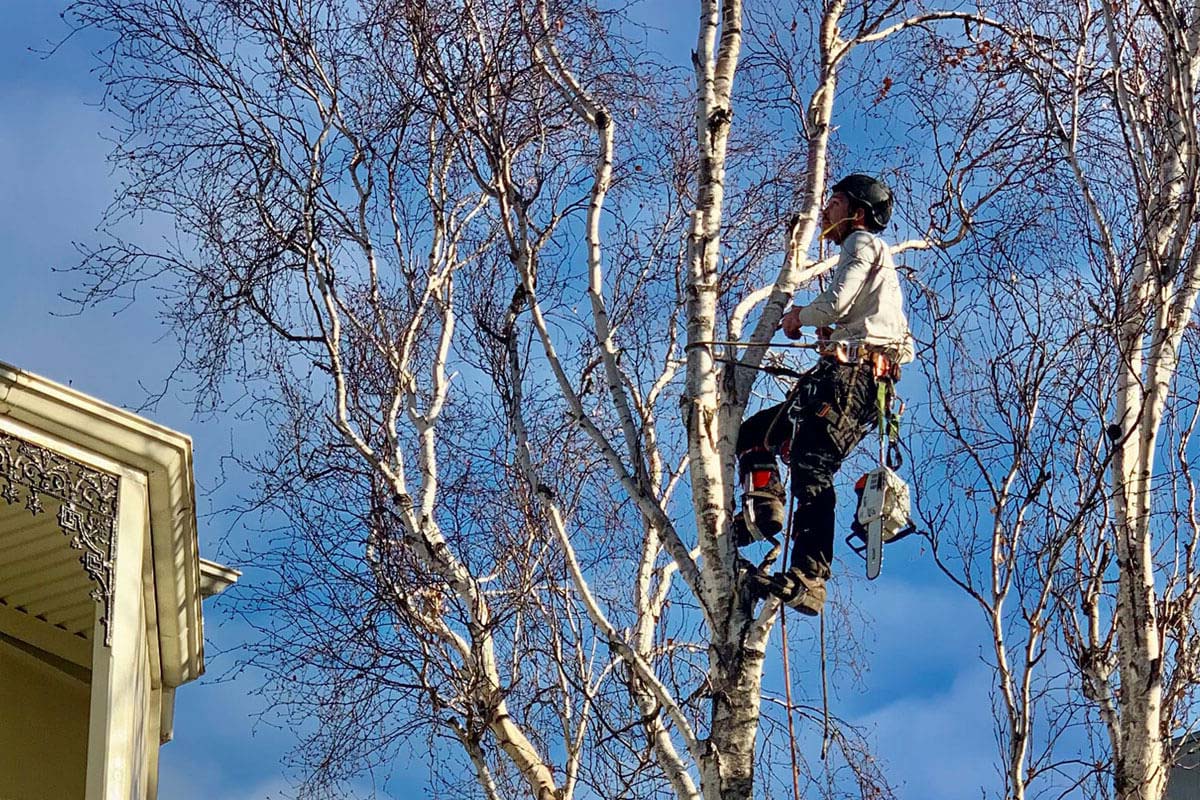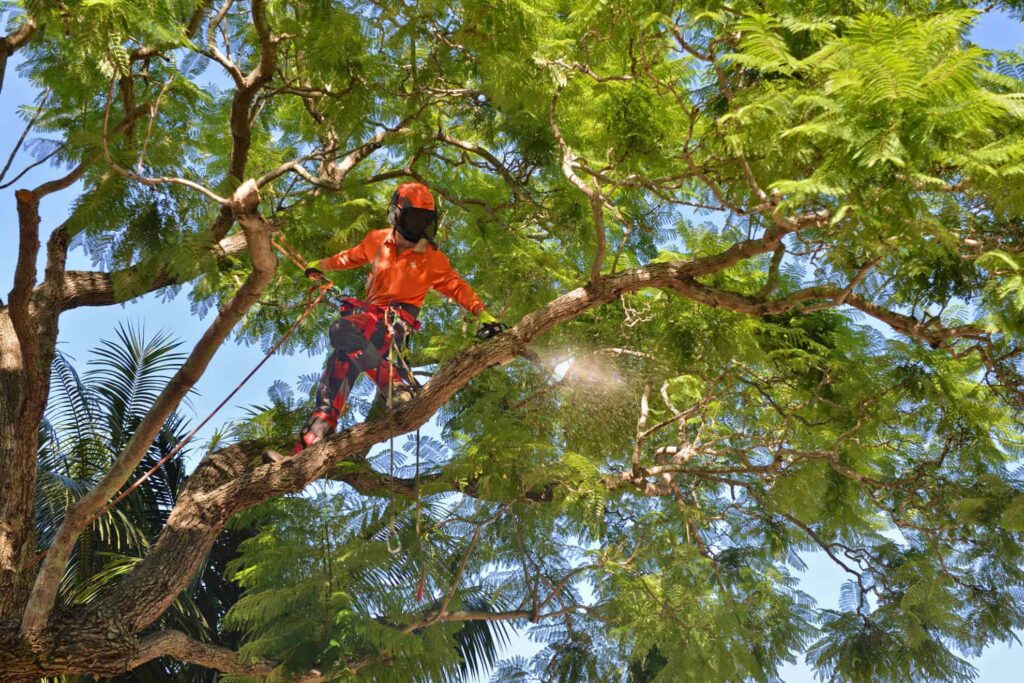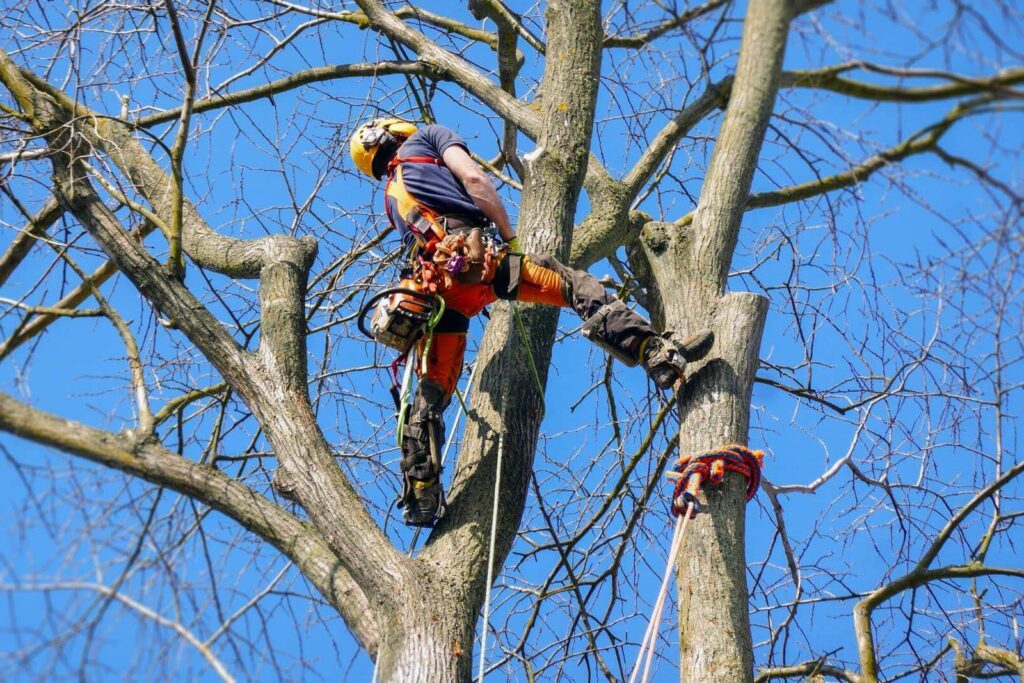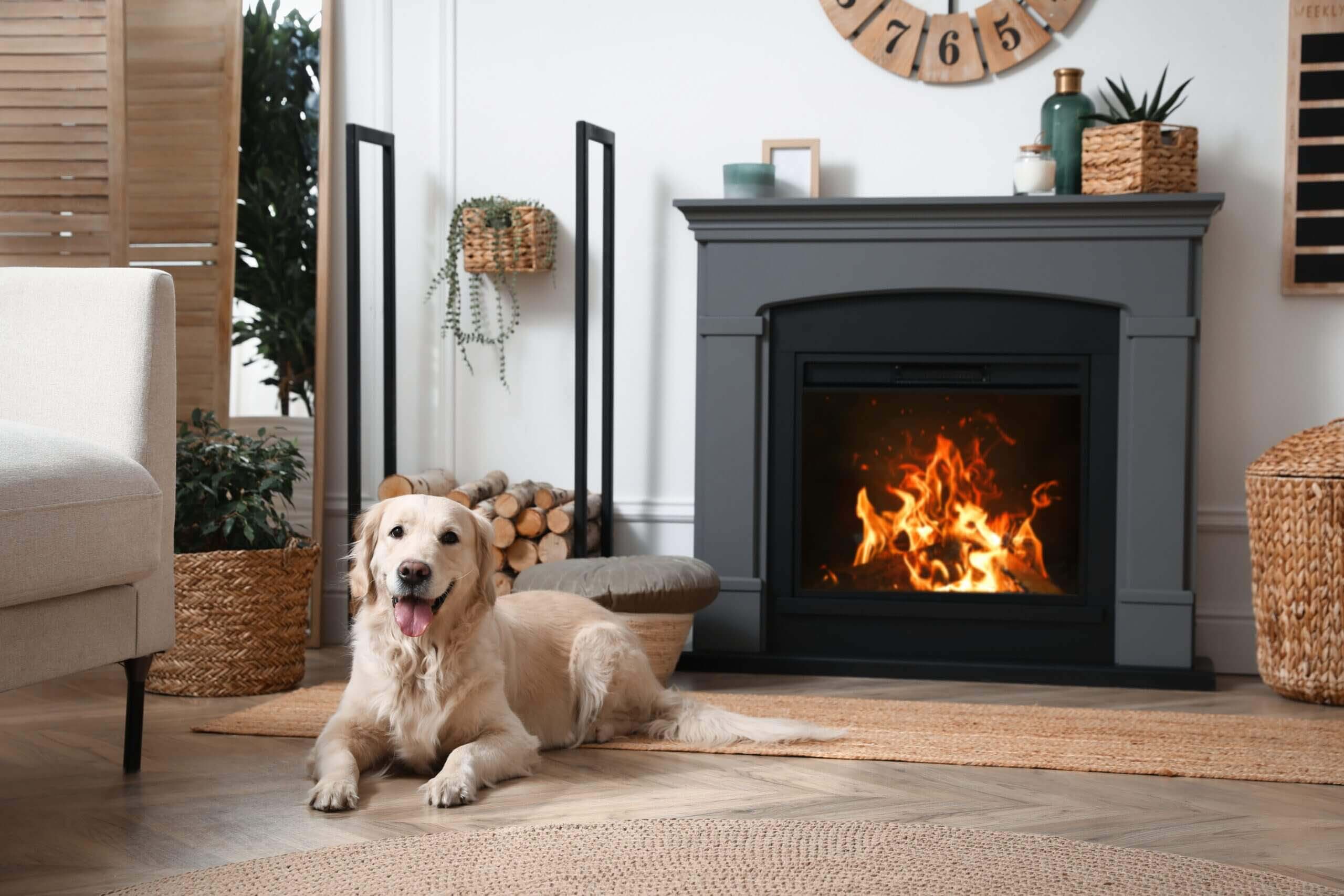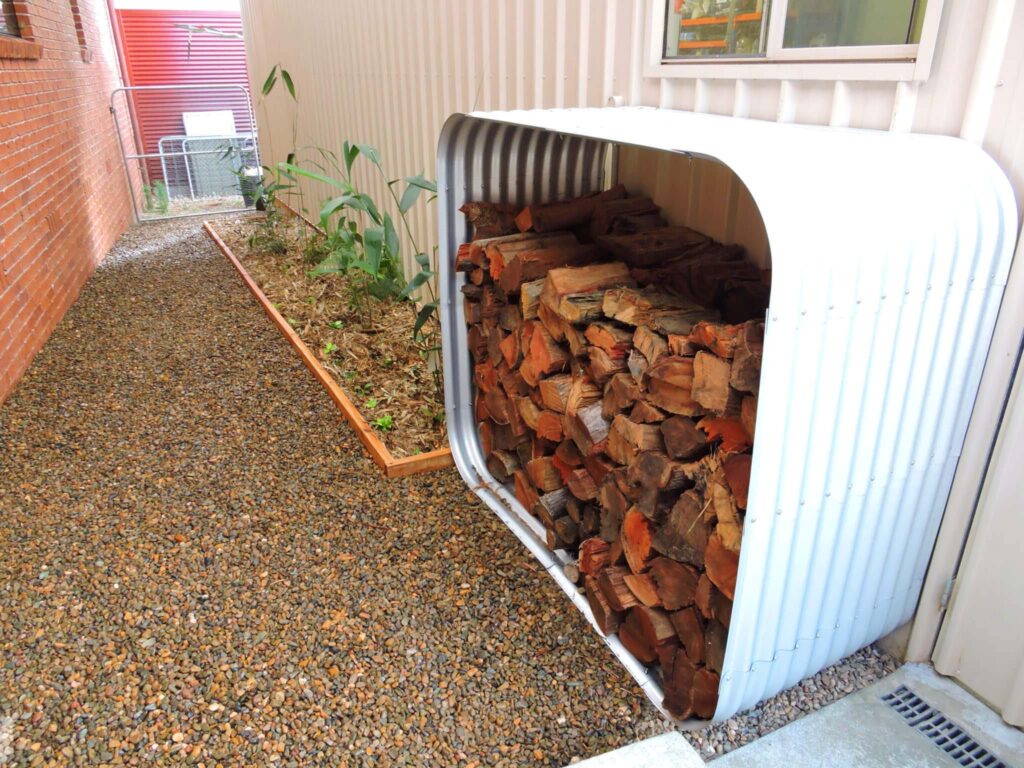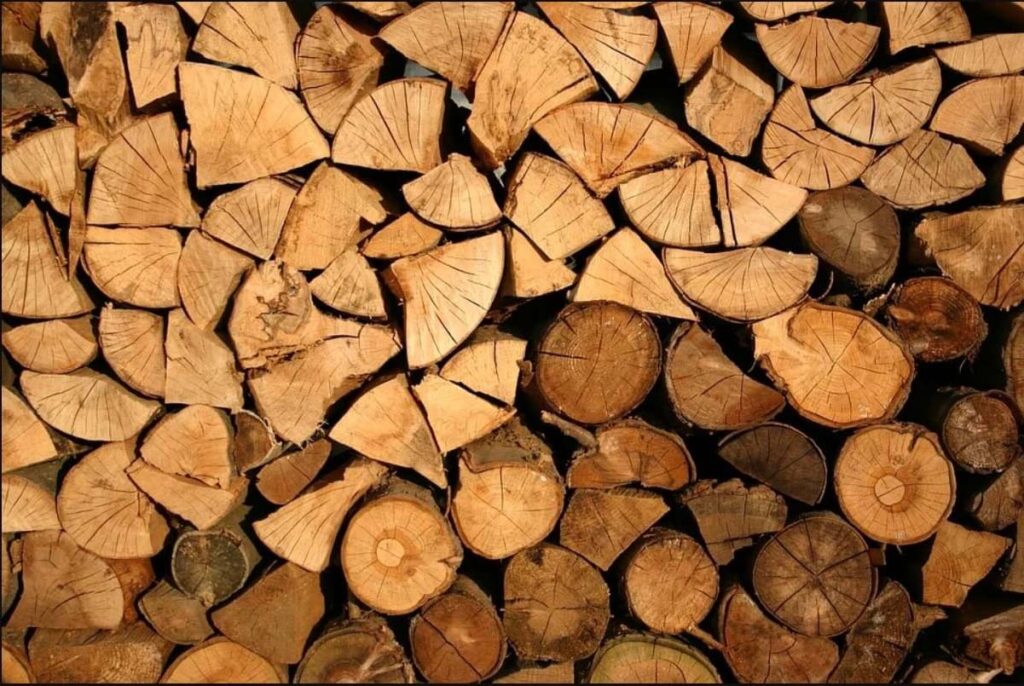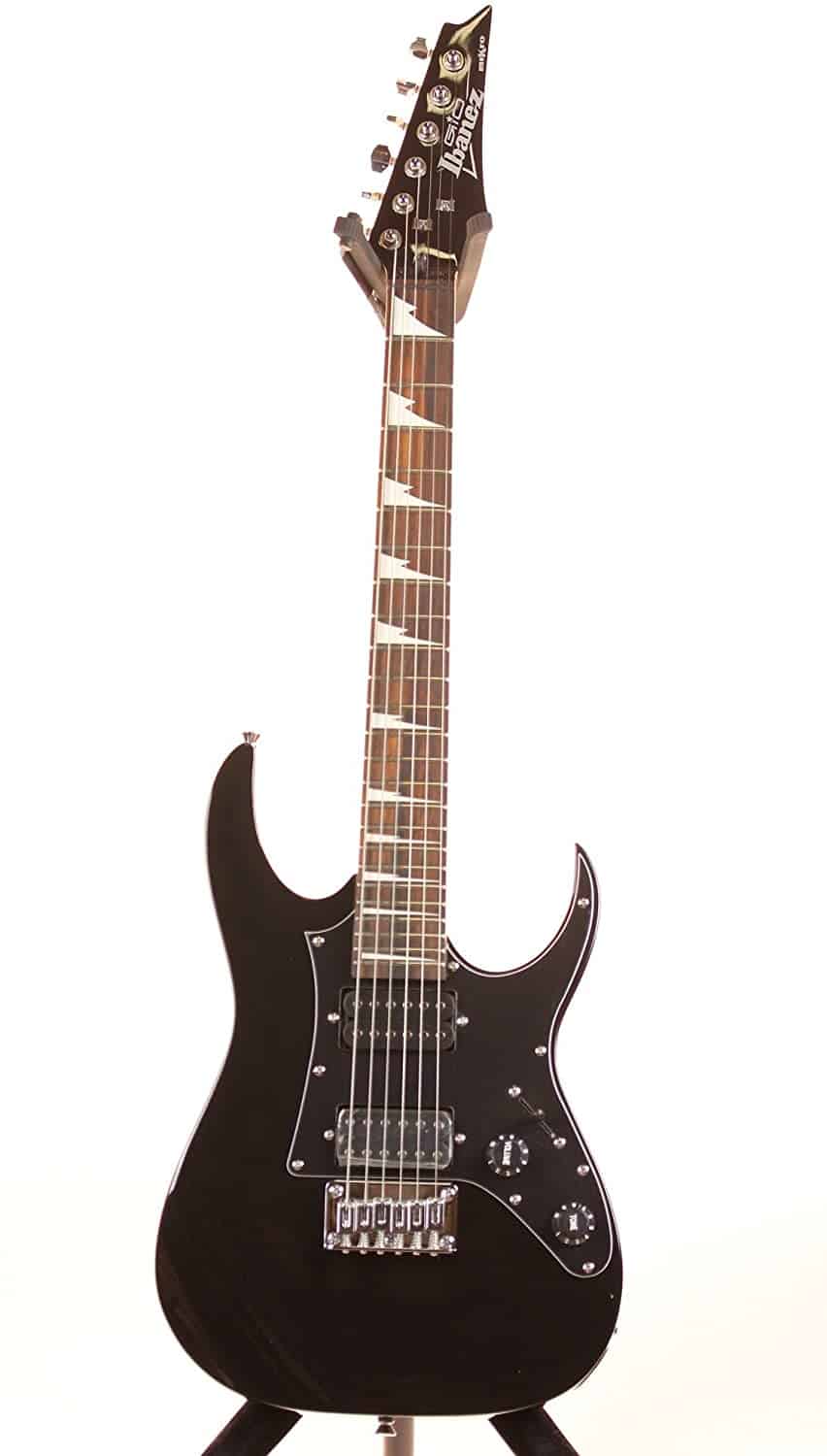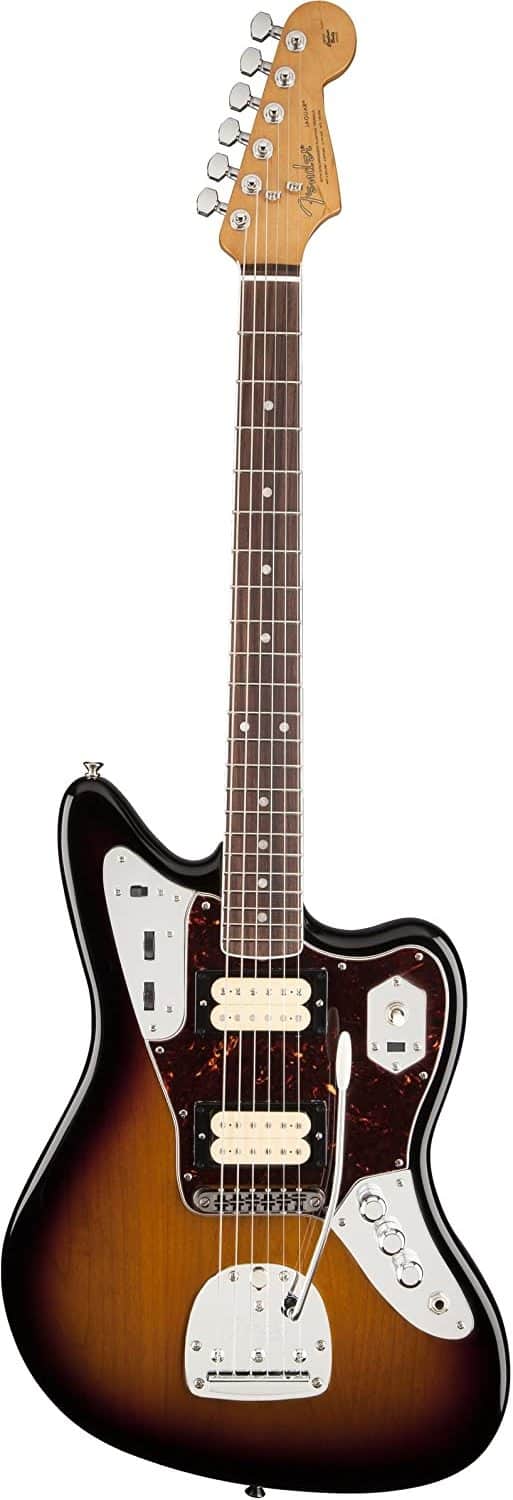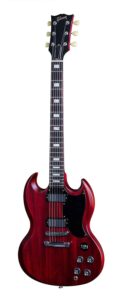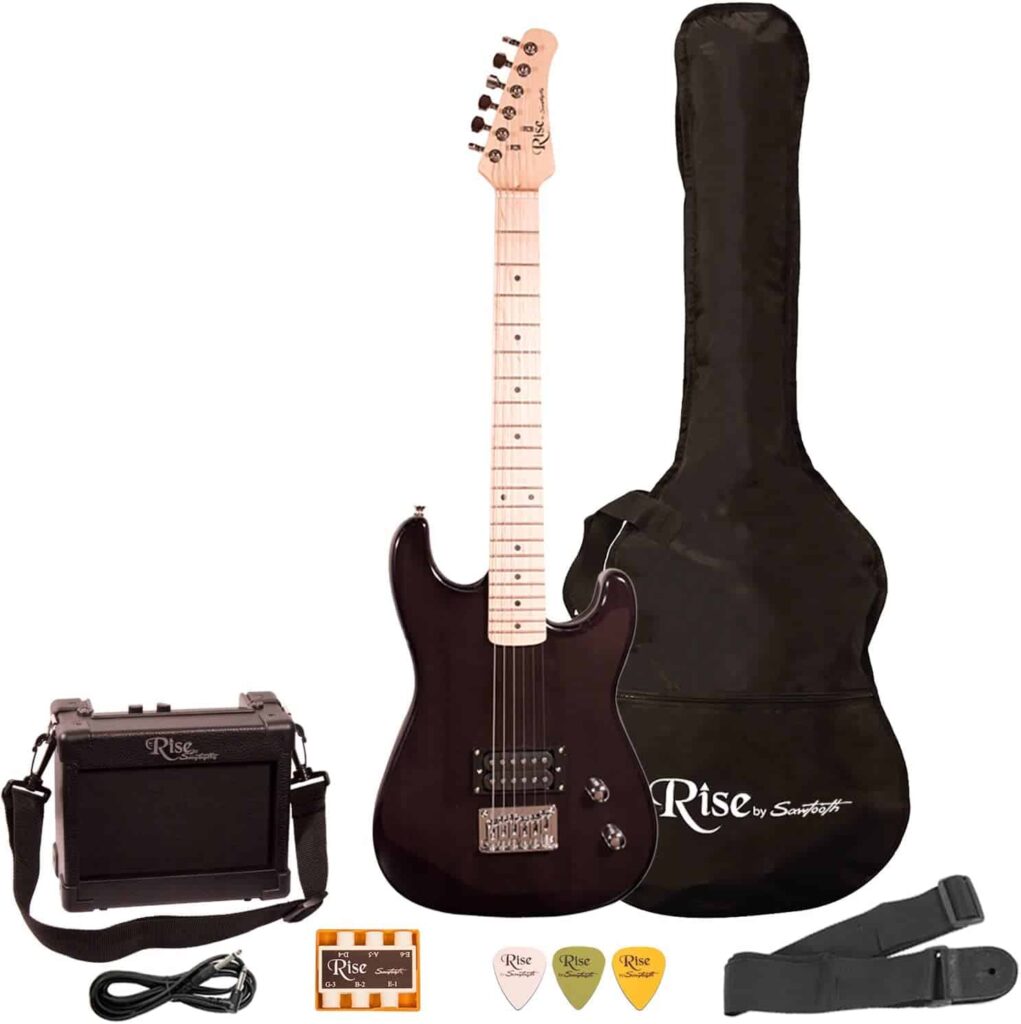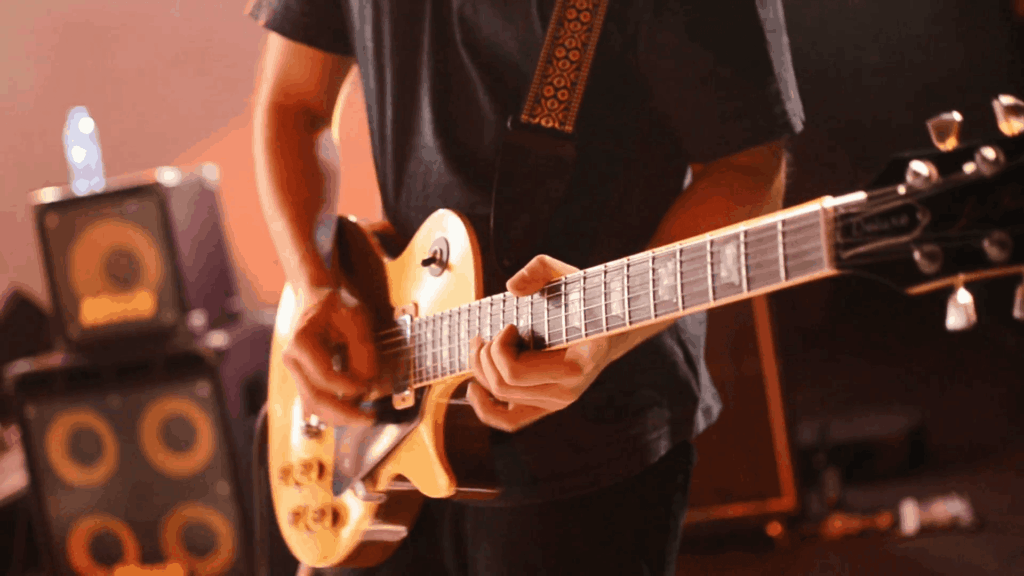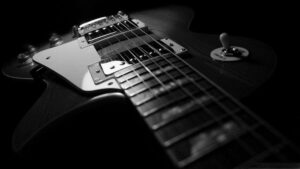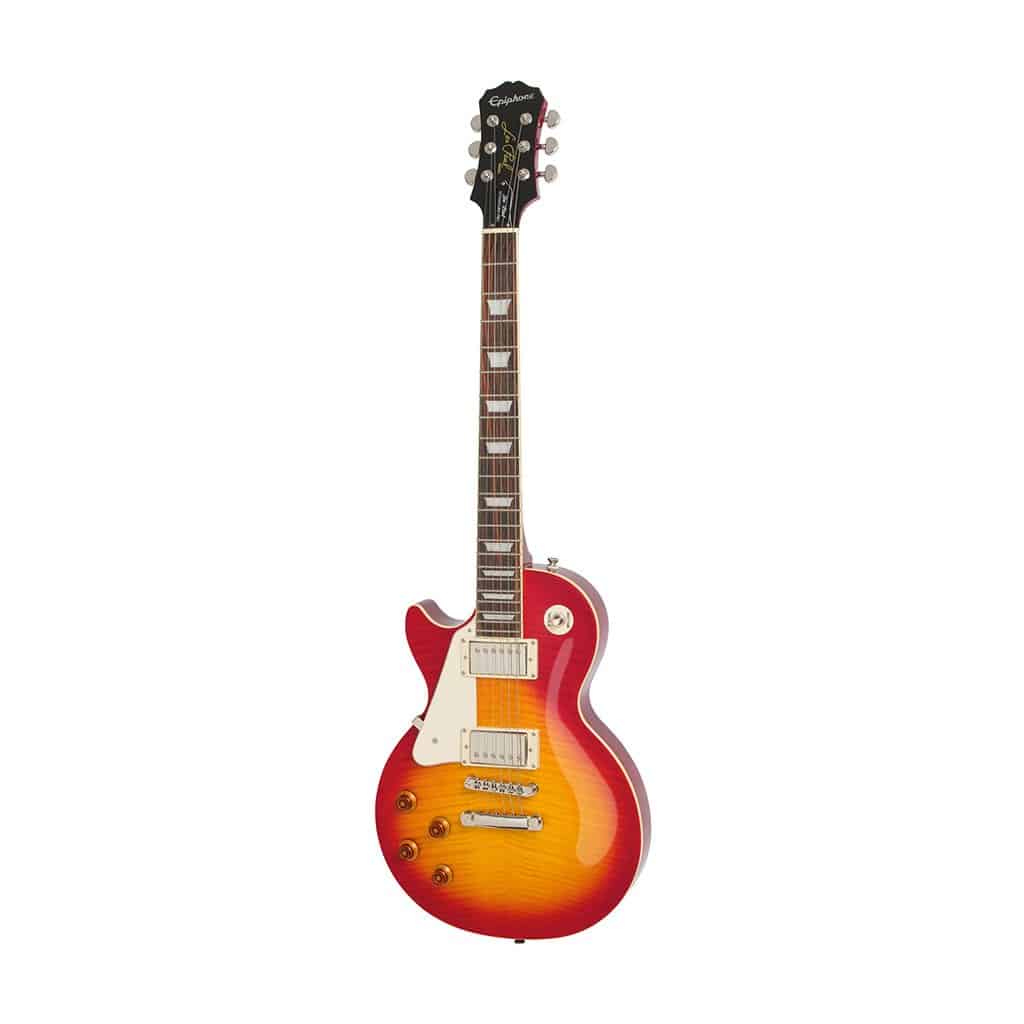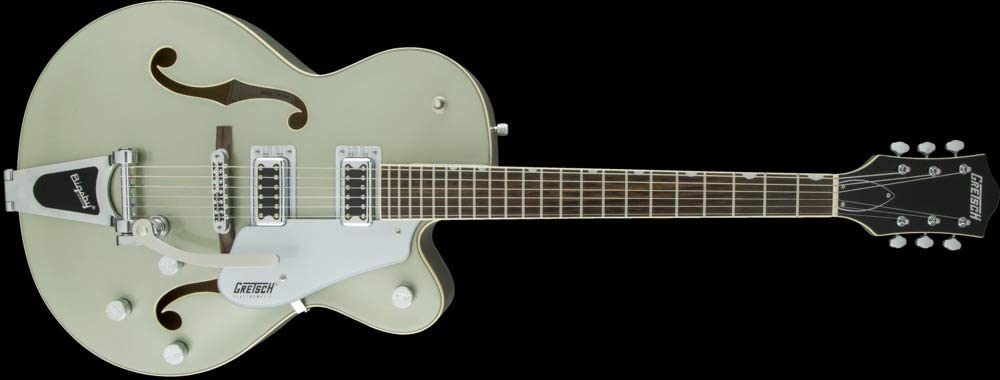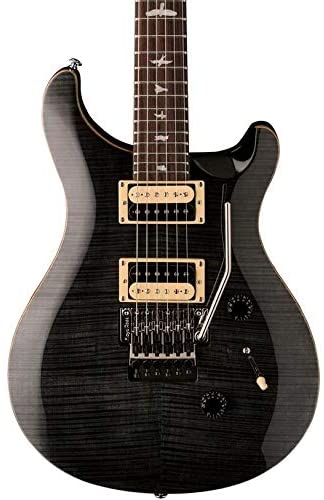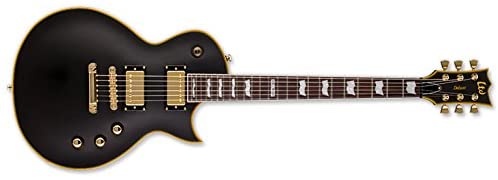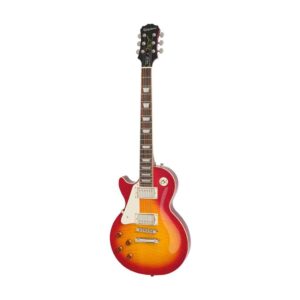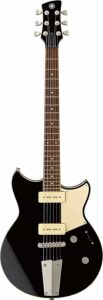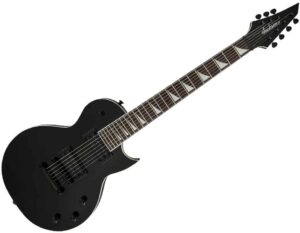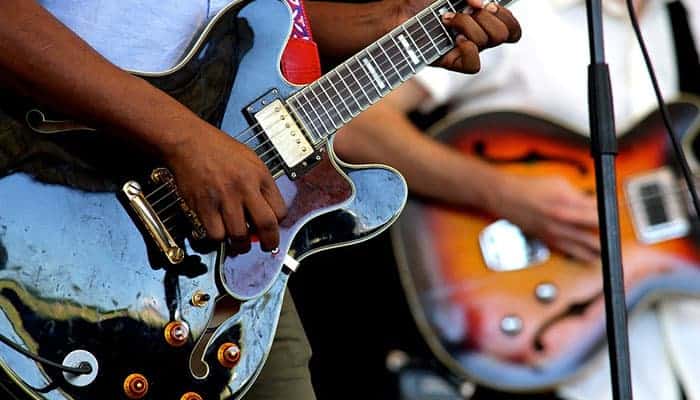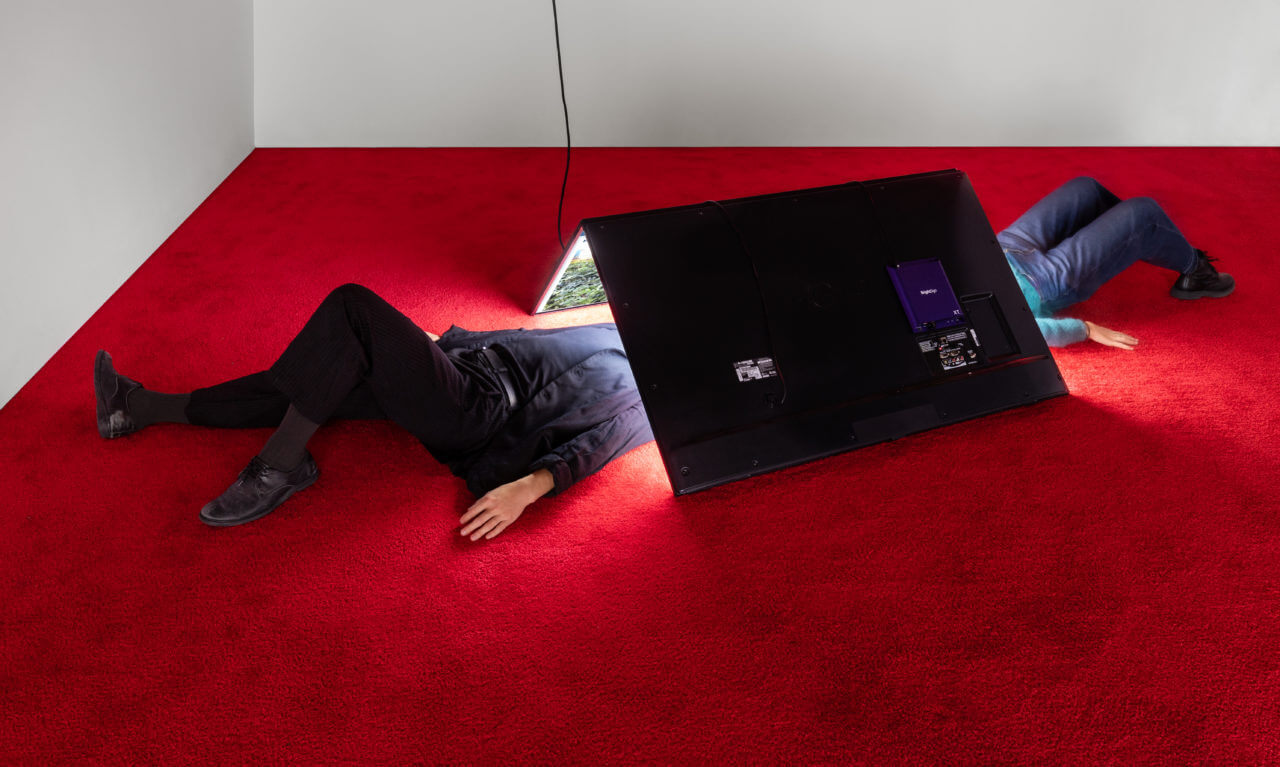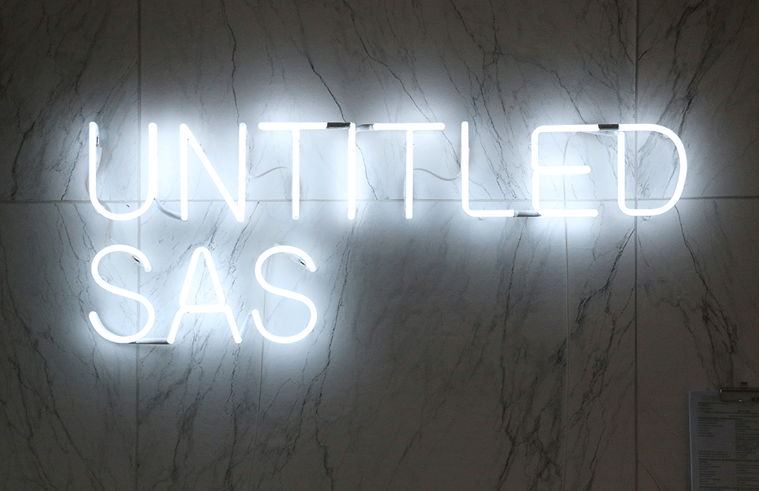Ahoy there, mateys! If you’re on the lookout for an exhilarating online slot experience, look no further than Pirate Kingdom Megaways. This treasure-themed slot game, developed by Iron Dog Studio, has captured the hearts of players around the globe since its release on November 12, 2019. With its captivating graphics, engaging gameplay, and impressive winning potential, it’s no wonder that this game has become a fan favourite. In this article, we will delve into the various features that make Pirate Kingdom Megaways a must-try for both seasoned players and newcomers alike.
Understanding the Megaways Mechanic
The Megaways mechanic has revolutionised the online slot landscape, and Pirate Kingdom Megaways is a prime example of its success. This innovative system allows for a staggering 117,649 ways to win on each spin, providing players with countless opportunities to strike it rich.
Unlike traditional slot games that operate on fixed paylines, the Megaways mechanic changes the number of symbols that appear on each reel with every spin. This dynamic feature not only enhances the excitement but also keeps players engaged, as they never know how many ways to win will be available on each turn.
Moreover, the variability of the Megaways system means that players can experience different winning combinations, making each spin feel fresh and thrilling. This unpredictability is a significant draw for many players, as it adds an element of surprise to the gameplay.
High Volatility for Big Wins
Pirate Kingdom Megaways is classified as a high volatility slot, which means that while wins may not occur as frequently, when they do, they can be substantial. This aspect of the game appeals to players who enjoy the thrill of chasing larger payouts, as the maximum payout can reach an astonishing 40,000 times the stake.
High volatility slots are often favoured by players who are willing to take risks for the chance of hitting it big. The potential for significant wins, combined with the excitement of the Megaways mechanic, creates an exhilarating gaming experience that keeps players coming back for more.
However, it’s essential for players to approach high volatility games with a strategy in mind. Setting a budget and understanding the risks involved can enhance the enjoyment of the game while minimising potential losses.
Return to Player (RTP) Rate
One of the critical factors to consider when choosing an online slot is the Return to Player (RTP) rate. Pirate Kingdom Megaways boasts an RTP of 96.2%, which is relatively high compared to many other slot games. This percentage indicates the average return a player can expect over time, making it an appealing choice for those looking to maximise their gaming experience.
The RTP rate is a crucial aspect for players as it provides insight into the game’s potential profitability. A higher RTP generally means that players can expect to receive a more significant portion of their wagers back over an extended period, making Pirate Kingdom Megaways a wise choice for those who value their bankroll.
It’s important to remember that the RTP is calculated over a long time and does not guarantee individual results. Players may experience fluctuations in their winnings, but the high RTP of Pirate Kingdom Megaways offers a reassuring prospect for those seeking a fair gaming experience.
Stunning Visuals and Engaging Gameplay
Visual appeal plays a significant role in the enjoyment of any online slot, and Pirate Kingdom Megaways does not disappoint. The game features stunning graphics that transport players to a vibrant pirate world filled with treasure, adventure, and excitement. The attention to detail in the design, from the intricate symbols to the immersive background, enhances the overall gaming experience.
In addition to its impressive visuals, the gameplay is designed to keep players engaged. The game is powered by HTML5 and JS technologies, ensuring smooth performance across various devices. Whether you’re playing on a desktop or a mobile device, you can expect a seamless experience that allows you to enjoy the game wherever you are.
The user interface is intuitive, making it easy for players to navigate the game’s features and settings. This accessibility is particularly beneficial for newcomers who may be unfamiliar with online slots, as it allows them to dive right into the action without feeling overwhelmed. Read more about web technologies.
Bonus Features and Free Spins
Pirate Kingdom Megaways is packed with exciting bonus features that enhance the gameplay and provide additional opportunities for winning. One of the standout features is the free spins round, which can be triggered by landing specific combinations of symbols.
During the free spins, players can benefit from increasing multipliers, which can significantly boost their winnings. This feature adds an extra layer of excitement, as players can watch their potential payouts grow with each successful spin.
Additionally, the game includes cascading reels, which means that winning combinations disappear, allowing new symbols to fall into place. This mechanic can lead to consecutive wins within a single spin, further amplifying the thrill of the game.
Accessibility on Multiple Devices
In today’s fast-paced world, the ability to play games on various devices is essential. Pirate Kingdom Megaways is available on both desktop and mobile platforms, ensuring that players can enjoy the game wherever they are. The game’s file size of 13.9 MB makes it easy to download and access, even on devices with limited storage.
The mobile version of the game is optimised for touch screens, providing a smooth and responsive experience. Players can spin the reels with ease, making it convenient to enjoy a quick gaming session during their commute or while relaxing at home.
This accessibility is a significant advantage for players who prefer the flexibility of mobile gaming, allowing them to engage with the game on their terms. Whether you’re at home or on the go, Pirate Kingdom Megaways offers a thrilling gaming experience that fits seamlessly into your lifestyle.

Regular Updates and Support
To maintain player interest and ensure a smooth gaming experience, regular updates are essential. Pirate Kingdom Megaways was last updated on December 29, 2022, demonstrating the developers’ commitment to providing a high-quality gaming experience. These updates often include bug fixes, performance enhancements, and new features that keep the game fresh and exciting.
Players can also expect reliable customer support from the developers, ensuring that any issues or queries are addressed promptly. This level of support adds to the overall positive experience of playing Pirate Kingdom Megaways, as players can feel confident that they are backed by a dedicated team.
Furthermore, the community surrounding the game is vibrant, with forums and social media groups where players can share tips, strategies, and experiences. This sense of community enhances the enjoyment of the game, as players can connect with others who share their passion for Pirate Kingdom Megaways.
Conclusion: A Treasure Worth Discovering
Pirate Kingdom Megaways is more than just a slot game; it’s an adventure filled with excitement, potential rewards, and a captivating theme that resonates with players. With its innovative Megaways mechanic, high RTP, stunning visuals, and engaging gameplay, it’s no surprise that this game has become a fan favourite.
Whether you’re a seasoned player or new to the world of online slots, Pirate Kingdom Megaways offers an experience that is both thrilling and rewarding. So, hoist the sails and set course for treasure—Pirate Kingdom Megaways awaits!
Other resources : Magic Spins Explained: How Volatility and Bonus Features Shape Your Slot Strategy
FAQs – Pirate Kingdom Megaways Slot Game
Pirate Kingdom Megaways is an adventurous online slot game developed by Iron Dog Studio, featuring a pirate theme, cascading reels, and the revolutionary Megaways mechanic that offers up to 117,649 ways to win per spin.
The Megaways system changes the number of symbols on each reel with every spin. This means the number of possible winning combinations varies—creating a fresh, unpredictable, and exciting experience every time you play.
The game has an RTP of 96.2%, which is considered high compared to many other online slots. This percentage represents the average return players can expect over a long period of gameplay.
Pirate Kingdom Megaways is a high volatility slot, meaning wins may be less frequent but can be significantly larger when they occur—making it perfect for players who enjoy chasing big payouts.
Players can win up to an impressive 40,000 times their stake, thanks to the game’s combination of cascading reels, free spins, and increasing multipliers.
The slot includes several bonus features, such as free spins, increasing win multipliers, and cascading reels. These features create multiple chances to win and enhance the thrill of gameplay.
Yes. The game is fully optimized for both desktop and mobile platforms, using HTML5 technology. Its lightweight 13.9 MB file size ensures smooth performance across smartphones and tablets.
The game was released on November 12, 2019, and last updated on December 29, 2022. Regular updates ensure enhanced performance, bug fixes, and improved gameplay quality.
Yes, most online casinos and gaming platforms offer a free demo version of Pirate Kingdom Megaways, allowing players to try the game and explore its features before betting real money.


